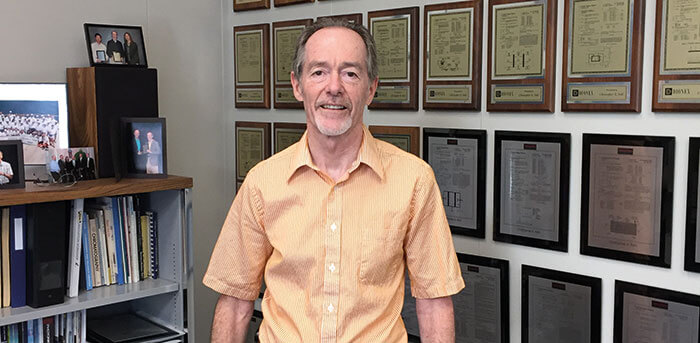
Ion Legend
Sitting Down With... Chris Pohl, Vice President, Chromatography Chemistry, Thermo Fisher Scientific, San Francisco Bay Area, USA.

False
Sitting Down With... Chris Pohl, Vice President, Chromatography Chemistry, Thermo Fisher Scientific, San Francisco Bay Area, USA.

Receive the latest analytical science news, personalities, education, and career development – weekly to your inbox.

Rich Whitworth completed his studies in medical biochemistry at the University of Leicester, UK, in 1998. To cut a long story short, he escaped to Tokyo to spend five years working for the largest English language publisher in Japan. "Carving out a career in the megalopolis that is Tokyo changed my outlook forever. When seeing life through such a kaleidoscopic lens, it's hard not to get truly caught up in the moment." On returning to the UK, after a few false starts with grey, corporate publishers, Rich was snapped up by Texere Publishing, where he spearheaded the editorial development of The Analytical Scientist. "I feel honored to be part of the close-knit team that forged The Analytical Scientist – we've created a very fresh and forward-thinking publication." Rich is now also Content Director of Texere Publishing, the company behind The Analytical Scientist.
False
False

December 4, 2024
1 min read
Saliva-based PA-MS test detects paracetamol overdose in just 10 minutes

December 11, 2024
10 min read
Meet the products – and the experts – defining analytical innovation in 2024

December 10, 2024
2 min read
Analyses of fossilized feces, intestinal contents, and vomit reveal how dinosaurs adapted to climate shifts

December 17, 2024
5 min read
Torsten C. Schmidt casts his eye on the contaminants of concern for the future and considers how much of the full picture current technology allows us to see – in the first of our two-part interview
False